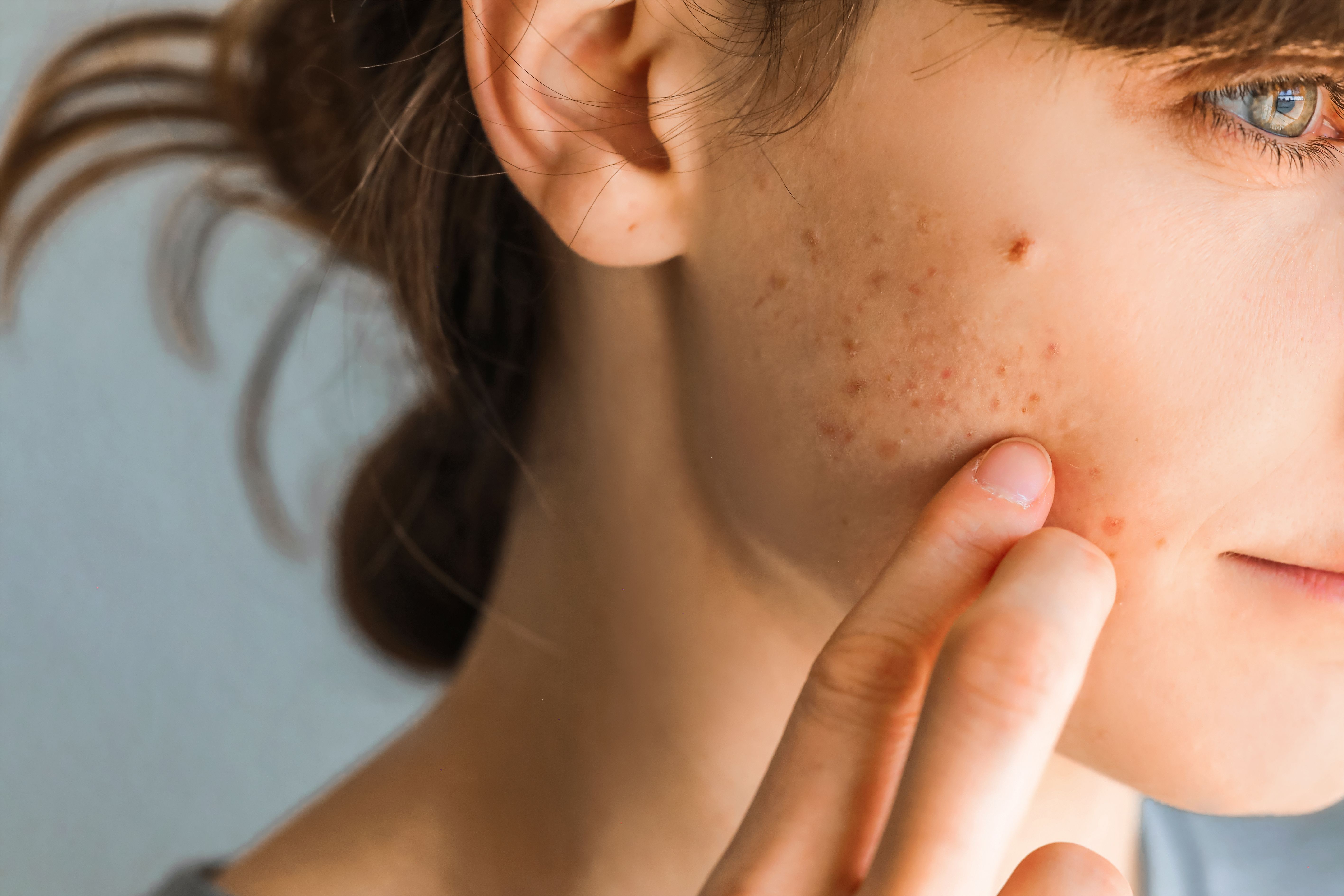- Case-Based Roundtable
- General Dermatology
- Eczema
- Chronic Hand Eczema
- Alopecia
- Aesthetics
- Vitiligo
- COVID-19
- Actinic Keratosis
- Precision Medicine and Biologics
- Rare Disease
- Wound Care
- Rosacea
- Psoriasis
- Psoriatic Arthritis
- Atopic Dermatitis
- Melasma
- NP and PA
- Skin Cancer
- Hidradenitis Suppurativa
- Drug Watch
- Pigmentary Disorders
- Acne
- Pediatric Dermatology
- Practice Management
- Prurigo Nodularis
- Buy-and-Bill
News
Article
Dupilumab Treatment in Pediatric Atopic Dermatitis: Consistent Improvement Across Anatomical Regions
Author(s):
Significant improvements were observed in EASI scores across all anatomical regions, regardless of patient age or specific body region.
A poster presentation at the 2024 Fall Clinical Dermatology Conference for PAs and NPs in Scottsdale, Arizona highlighted results from an open-label extension (OLE) study on the efficacy of dupilumab (Dupixent; Sanofi and Regeneron) in treating atopic dermatitis (AD) in children. Led by Elaine C. Siegfried, MD, dermatologist at Saint Louis University and Cardinal Glennon Children’s Hospital in St. Louis, Missouri, the study showcases the impact of dupilumab on AD signs across various anatomical regions in pediatric patients during the LIBERTY AD PED OLE Ph3 Trial (NCT02612454).1
Dupilumab, a monoclonal antibody targeting the IL-4 and IL-13 pathways, has shown promise in managing moderate to severe AD. The primary objective of this study was to assess the effect of dupilumab on AD signs across different anatomical regions in patients aged 6 months to 17 years. Investigators wrote that the findings from this OLE study reinforced the role of dupilumab as a reliable treatment option for pediatric patients with moderate to severe AD. The consistent improvement across all anatomical regions and age groups highlights dupilumab's efficacy and safety for clinicians managing pediatric AD.
This interim analysis utilized unweighted Eczema Area Severity Index (EASI) scores to evaluate AD signs, including erythema, edema/papulation, excoriation, and lichenification. The intensity of each sign was scored from 0 (absent) to 3 (severe). The study followed a weight-tiered dosing regimen for dupilumab, ensuring appropriate dosing across different age groups:
- 6 months to 5 years: 200 mg for 5 to <15 kg or 300 mg for 15 to <30 kg, administered every 4 weeks.
- 6 to 11 years: 200 mg for 30 to <60 kg or 300 mg for ≥60 kg, administered every 2 weeks.
- 12 to 17 years: Same dosing as the 6 to 11 years group, adjusted based on weight.
Data were collected at baseline, weeks 4, 16, 28, 40, and 52, with the final analysis focusing on the 52-week mark.
The study included 823 patients divided into 3 cohorts: 6 months to 5 years (n=180), 6 to 11 years (n=368), and 12 to 17 years (n=275). At 52 weeks, significant improvements were observed in EASI scores across all anatomical regions, indicating consistent efficacy of dupilumab regardless of patient age or specific body region.Data among different body regions presented the following takeaways.
- Head and Neck: Marked reduction in erythema and lichenification, highlighting dupilumab's effectiveness in sensitive areas prone to severe AD manifestations.
- Upper Extremities: Substantial decrease in edema/papulation and excoriation, improving functionality and comfort in daily activities.
- Trunk: Uniform improvement in all evaluated signs, demonstrating comprehensive management of widespread AD.
- Lower Extremities: Significant reduction in excoriation and lichenification, critical for improving mobility and reducing discomfort.
The consistency of dupilumab’s efficacy across different regions and age groups underscored its broad applicability in pediatric dermatology.The safety profile of dupilumab was consistent with previous studies,2 with no new safety concerns identified during the 52-week period. Common adverse events included conjunctivitis and injection site reactions, both manageable with standard care protocols.
Ongoing research and long-term studies will further elucidate the benefits and potential risks associated with dupilumab. Future investigations might explore its efficacy in combination with other therapeutic modalities, personalized treatment approaches, and its impact on the overall quality of life for pediatric patients with AD.
Related Content
Dupilumab Shows Superiority in Reducing Upper Respiratory Infections in Patients With AD
References
- Siegfried L, Simpson E, Cork M, et al. Dupilumab treatment shows consistent improvement in atopic dermatitis in all anatomical regions in patients aged 6 months to 17 years: Results from an open-label extension study. Poster presented at: 2024 Fall Clinical Dermatology Conference for PAs and NPs; May 31-June 2, 2024; Scottsdale, AZ.
- Cork MJ, Thaçi D, Eichenfield LF, et al. Dupilumab safety and efficacy in a phase III open-label extension trial in children 6-11 years of age with severe atopic dermatitis. Dermatol Ther (Heidelb). 2023;13(11):2697-2719. doi:10.1007/s13555-023-01016-9







